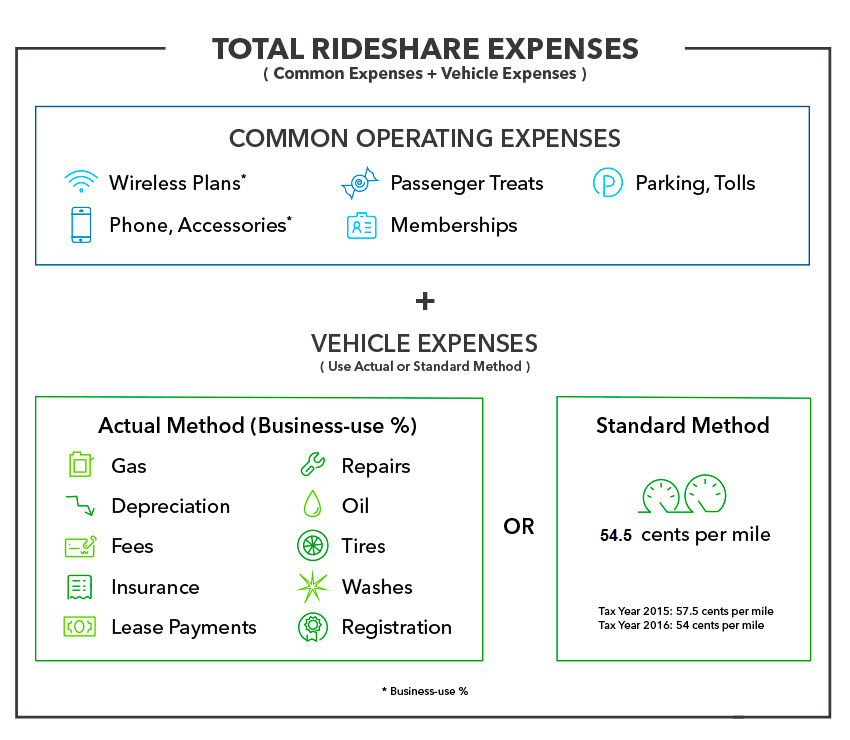
In 2021, this would look like: For the 2018 tax year, you may write off $0.545 for every mile you drove as.

If you have any feedback about how these input benchmarks are used, you can email businesssegmentpublishing@ato.gov.au.
Tax deductions for taxi drivers. You may also want to deduct other expenses like snacks for passengers,. Any money you pay to lease your car or rent it from a fleet operator is a deduction in your tax. Your tax home includes the entire city or general area in which your business or work is located.
You can deduct common driving expenses, including fees and tolls that uber and lyft take out of your pay. You can deduct these expenses one of two ways: The actual expense method lets you deduct the costs of things.
The standard mileage deduction (56 cents per mile in 2021) is calculated by the irs to include the average costs of gas, car payments, maintenance, car insurance, and depreciation. Tax deduction checklist for truck drivers See also grubhub driver tax guide.
Tips for minimising your tax as a taxi driver rent or lease payments. Your biggest tax deductions will be costs related to your car. Either method means you must track your business driving mileage.
If the limousine is used solely for business purposes, all related expenses can be fully deducted. Taxi operating costs including interest, lease payments, depreciation, repairs, fuel, cleaning and insurance. The main activities for businesses in this industry are providing road passenger transportation services, including hire car services with driver and.
The standard mileage rate or the actual expense method. The depreciation of the cab is based on the number of miles driven, the age of the car, and any damage that the car may have had. If your total income from all sources for tax year 2021 exceeds $164,900 as a single filer or $329,800 as a joint filer, your deduction may be reduced or eliminated.
These input benchmarks are under review. In 2021, this would look like: Using the standard mileage method, you can tax deduct 56 cents (2021) per business mile you drive, or using the actual expense method, you can deduct the actual cost of gas, repairs, depreciation or lease payments, and more.
$10 in credits when you refer a first time user. Taxi, commuter bus and shuttles telephone and fax. For the 2018 tax year, you may write off $0.545 for every mile you drove as.
You may deduct up to 20% of your business income from your overall taxable income. 10,000 work miles x $0.56 mileage rate = $5,600 deduction. Total up your expenditures for renting or leasing your cab at the end of the year.
Motor vehicle travel between offices, visiting clients or for training purposes. This is the easiest method and can result in a higher deduction. Allowable expenses include the cost of gasoline, oil, repairs, maintenance, cleaning and tolls.
Think of it like a bulk deduction for all of the costs you incur due to using your car. This means that you will effectively pay income tax on 80% of your net profit instead of 100% of your net profit. If you have more than one regular place of.
Alternately, you can use the actual expense method to deduct the business portion of costs like gas, repairs and maintenance, auto insurance, registration and car loan interest or lease payments. To claim the deduction as a rideshare driver, your taxable income can’t be more than $157,500, or $315,000 if you’re married and filing jointly. For 2021 tax returns, you can use the standard mileage rate to take a deduction of $0.56 per business mile.
Keep track of what the fleet company charges you for your taxi each day. If you pay your insurance directly, you can claim it back as a tax deduction. The mileage deduction enables you to write off a set dollar amount for every mile that you drive for business purposes.
Water, gum or snacks for passengers tolls and parking fees Complete form 4562 if you own your own taxi cab, rather than leasing the cab from a fleet owner. Obviously, this method is more record intensive.
To use this method, multiply your total business miles by the irs standard mileage rate for business. However, if the vehicle is used partially for personal purposes, the deduction is limited to the portion of expenses related to the business. If you have any feedback about how these input benchmarks are used, you can email businesssegmentpublishing@ato.gov.au.
The standard mileage rate allows you to deduct 58 cents per business mile you drive. It does not matter where you live. Motor vehicle travel between work sites or for training purposes.
You must file form 4562 to determine the depreciation allowance for your vehicle. Generally, your tax home is your regular place of business.